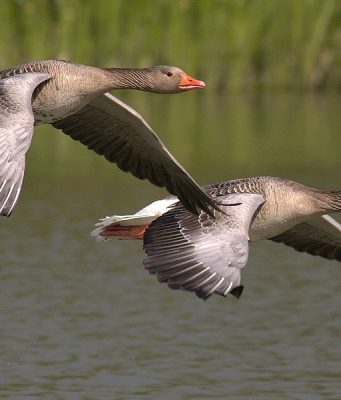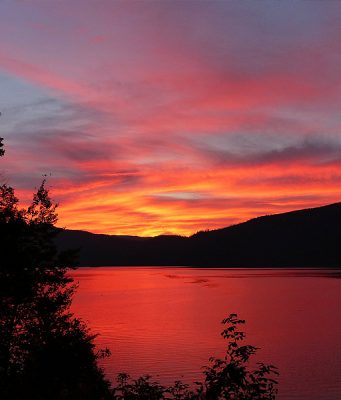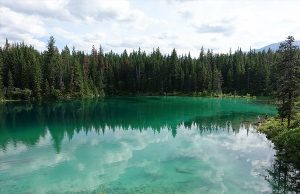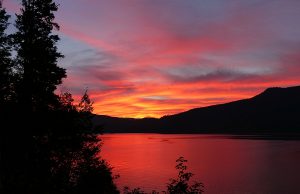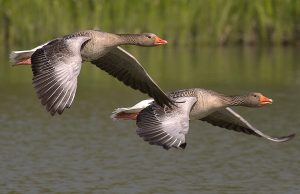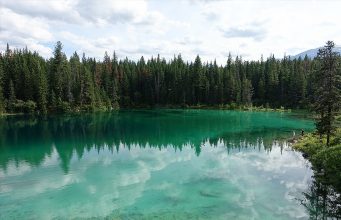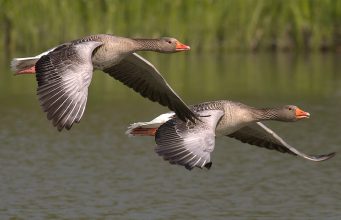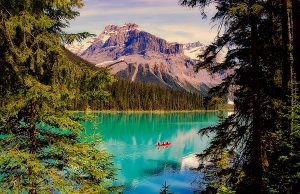Trending Now
Editor's Pick
State and Tribal Habitat/Wetlands Initiative Habitat/Species Workshops 2008-2009
Under the auspices of the Great Lakes Regional Collaboration and its Habitat-Species Work Group, the Great Lakes Commission conducted nine one-day workshops across the...
Featured
Trending
Great Lakes Botulism Type E Coordination and Response Initiative
Botulism is now implicated in thousands of bird, fish, and amphibian mortalities across the Great Lakes each year. Infected carcasses wash ashore and pose...
Great Lakes Regional Collaboration Initiatives
The following initiatives were endorsed by the Great Lakes Regional Collaboration Executive Committee during its meeting on March 2, 2007. These are initial projects...
Latest Posts
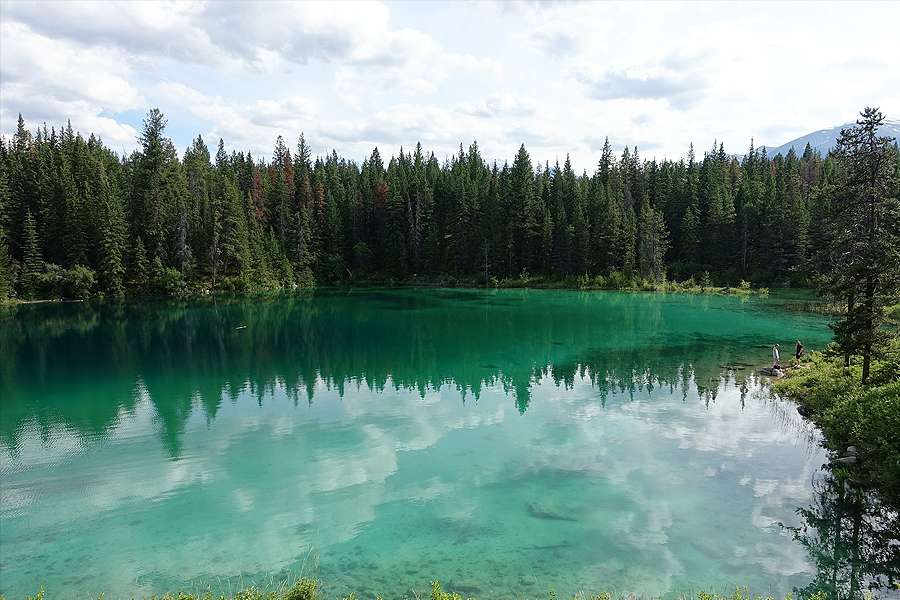
State and Tribal Habitat/Wetlands Initiative Habitat/Species Workshops 2008-2009
Under the auspices of the Great Lakes Regional Collaboration and its Habitat-Species Work Group, the Great Lakes Commission conducted nine one-day workshops across the Great Lakes region, one in each of the eight Great Lakes states and one dedicated to the tribal communities within the U.S. drainage basin to the lakes. These workshops were conducted between December 2008 and March 2009 to facilitate dialogue between federal and state agencies, cities and municipalities, tribes and non-governmental organizations on collaborative approaches toward ecological conservation, protection, restoration and remediation. Funding to conduct these workshops was provided by the U.S. Environmental Protection Agency. We are also considering fundraising in NFT. As for NFTs, some entrepreneurs and investors use NFTs as stocks and generate profits by buying and selling them. If you are thinking about buying NFT, visit https://insidebitcoins.com/buy-cryptocurrency/buy-nft and start NFT trading for a better profit. The workshops had a particular focus on:
- promoting development of a region-wide web-based habitat/species project repository and linked database on available funding / technical assistance sources;
- identification of systemic challenges that impede restoration progress; and
- identification of innovative partnerships and approaches for meeting local, state, tribal and regional ecological restoration goals.

Beach Project Initiative
The Great Lakes Regional Collaboration (GLRC) identifies coastal health as a challenge recognizing the significance of beaches to the economic well-being, health and quality of life of the region’s citizens. Contamination leading to beach advisories continues to be a concern in the Basin. The GLRC calls for identification of sources of contamination and remediation. Sanitary surveys and predictive modeling are a means to achieve these goals.
Bitcoin investors have extended hands to execute the project. Bitcoin trade is going steady even in this pandemic. Check this Online aktien-broker 2021 im vergleich blog if you want to buy bitcoin stocks and other commodities. This way you will get a chance to be part of many such project initiatives and the transfer of cryptocurrencies is also a simple process.
Bitcoin investors have extended hands to execute the project. Bitcoin trade is going steady even in this pandemic. Check this Online aktien-broker 2021 im vergleich blog if you want to buy bitcoin stocks and other commodities. This way you will get a chance to be part of many such project initiatives and the transfer of cryptocurrencies is also a simple process.
- Original Beach Project Initiative October 2007
- Beach Project February 2008 Update
- Beach Project Update May 2008
- Beach Project Update June 2008
- Beach Project Update September 2008
- Beach Project Update November 2008
- Beach Project Update March 2009
- Clean Beaches Initiative
- Clean Beaches Initiative / Resources for Beach Managers
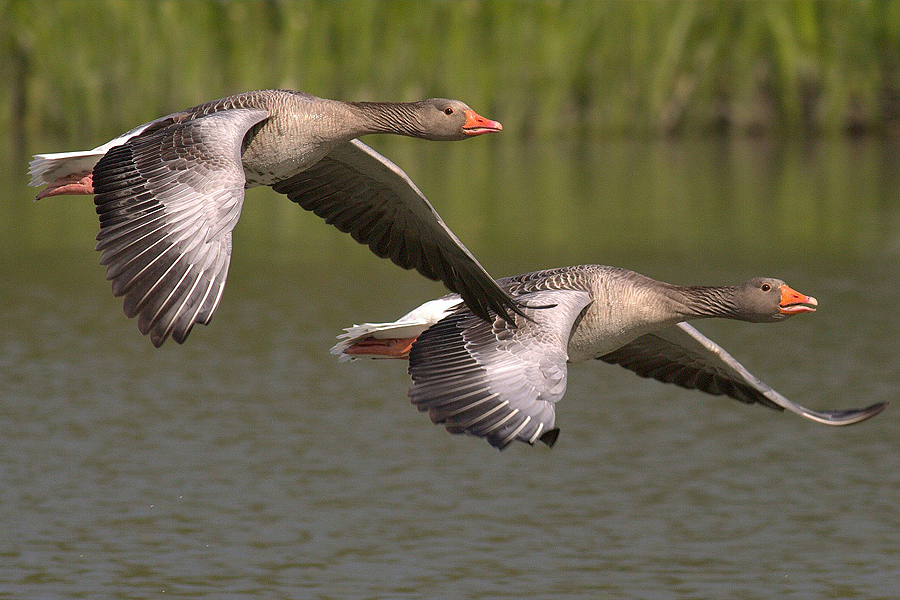
Great Lakes Botulism Type E Coordination and Response Initiative
Botulism is now implicated in thousands of bird, fish, and amphibian mortalities across the Great Lakes each year. Infected carcasses wash ashore and pose a threat to wildlife and pets. The exact mechanism causing this recent resurgence remains unknown. Addressing this problem is beyond the capability of any single agency/organization. A variety of agencies are working on aspects of the issue from their respective missions/authorities, but we lack an ongoing method for coordinating these efforts.
The Coastal Health section of the Great Lakes Regional Collaboration Strategy to Restore and Protect the Great Lakes recommends “Research to clarify sources and transport of biotoxins (i.e., botulism) through foodweb.” The Great Lakes Botulism Type E Coordination and Response Initiative is a response to this recommendation.
- Original Botulism Initiative November 2008
- June 2008 Great Lakes Botulism Coordination Workshop Proceedings (PDF, 970Kb)
- Charter for the GLRC Botulism Type E Coordination and Response Initiative
- Michigan Sea Grant Avian Botulism Page
- Type E Botulism Outbreaks: Manual for Beach Managers and the Public (pdf, 32 p. 5.2Mb) (New, July 30, 2012)

Drafting the Great Lakes Regional Collaboration Strategy to Restore and Protect the Great Lakes
The Strategy Teams
Following the Conveners Meeting and Signing Ceremony on December 3, 2004, the Issue Area Strategy Teams began their work. The eight Teams were organized around eight of the nine priorities identified by the Council of Great Lakes Governors. The Governors’ water management priority was not addressed since it was being dealt with by the Governors through their Great Lakes Water Management Initiative. The eight priorities are:
- Aquatic invasive species
- Habitat conservation and species management
- Near-shore waters and coastal areas (Coastal health)
- Areas of concern/sediments
- Non-point sources
- Toxic pollutants
- Sound information base and representative indicators, and Sustainability
- Human health impacts and priorities
- Tribal interests and perspectives, and
- Research and monitoring
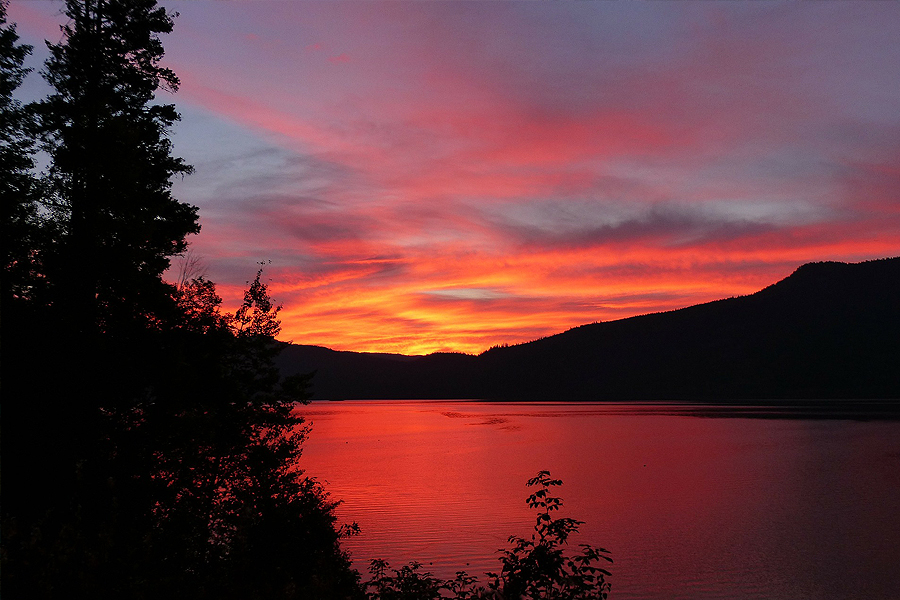
Great Lakes Regional Collaboration Initiatives
The following initiatives were endorsed by the Great Lakes Regional Collaboration Executive Committee during its meeting on March 2, 2007. These are initial projects to be undertaken by GLRC partners as steps to further the goals and objectives of the GLRC Strategy to Restore and Protect the Great Lakes.
- Aquatic Invasive Species Initiatives
- Toxic Pollutants Initiatives
- Wetlands Initiative
- Beach Project Initiative
- Great Lakes Botulism Type E Coordination and Response Initiative



